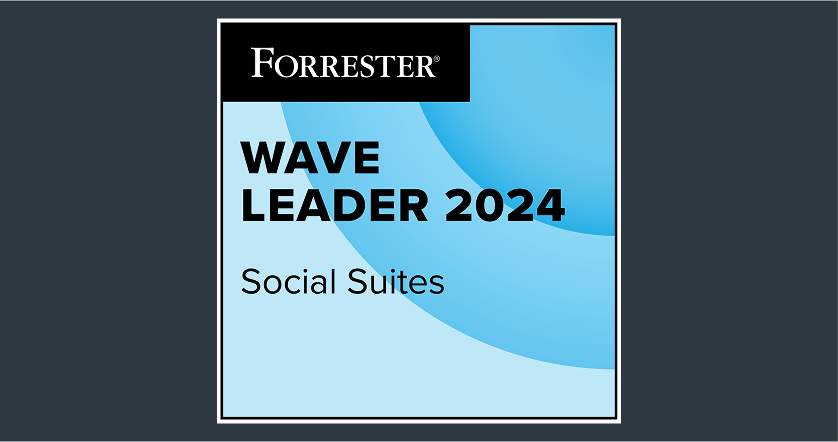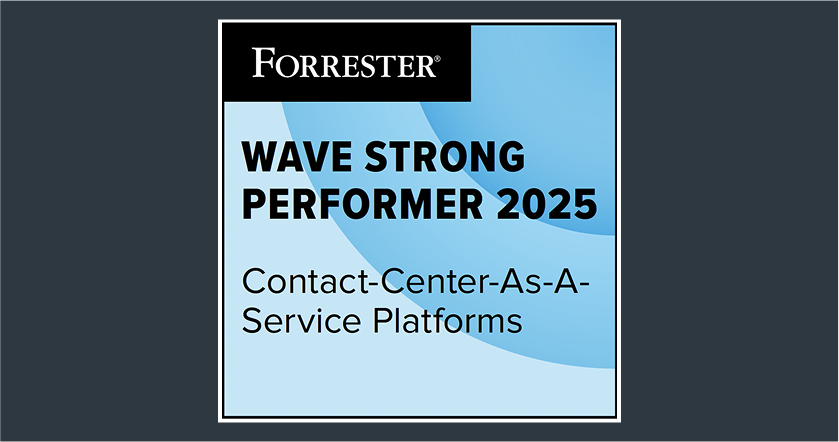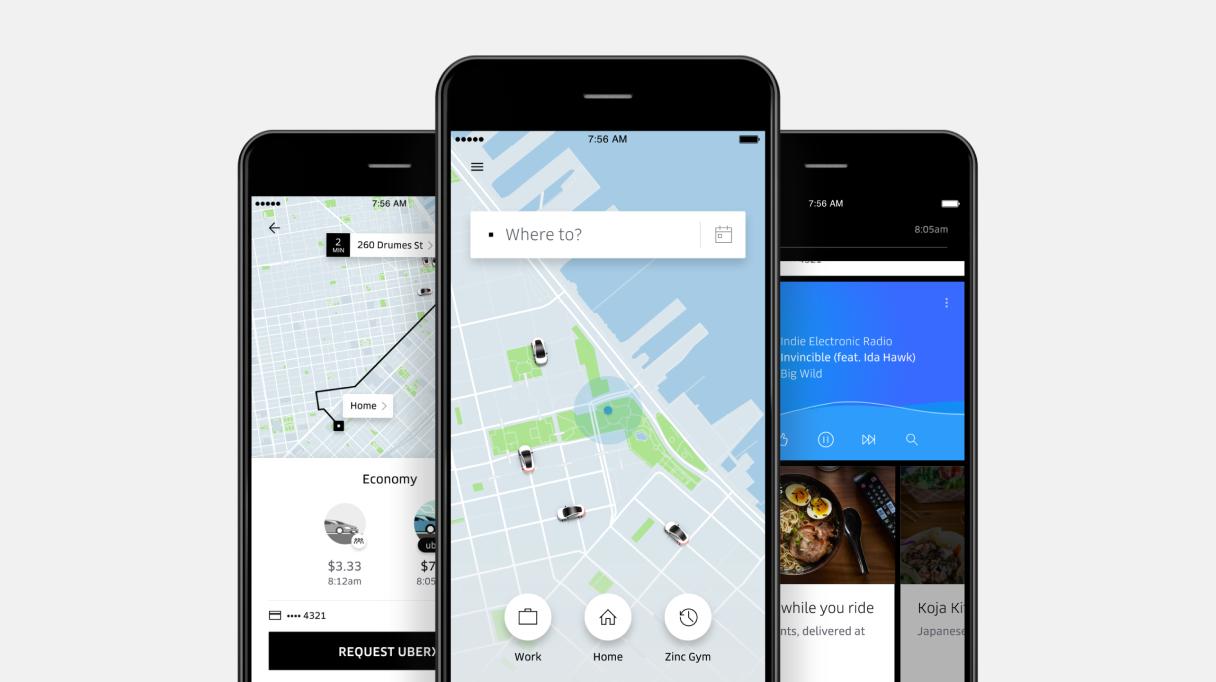What is customer service training?
Customer service training is the process of providing customer service agents in your organization with all the knowledge, skills and tools required to handle customer interactions efficiently. It encompasses programs to improve your agents’ product knowledge as well as customer service skills, such as problem-solving, active listening, and customer empathy. It also entails imparting knowledge about industry-specific verbiage, best practices and tools in customer service. Put together, these skills, tools and knowledge enable your agents to deliver positive customer experiences while maintaining high productivity.
Support agents are the flagbearers of brand reputation as they interact with customers directly. Effective client services training instills the skills agents need to drive customer satisfaction and uphold the business image by:
Empowering agents to communicate clearly, confidently and empathetically
Lowering customer response times by arming agents with productivity tools and scripts
Improving first contact resolution as trained staff can resolve issues faster.
Enhancing customer loyalty with speedy resolutions.
Improving brand reputation as loyal customers spread positive word of mouth
What to include in customer care training
A comprehensive customer care training process should cover key areas pertaining to product knowledge, customer communication and technology training. To break it down further, we can say effective customer care training programs must include:
Communication training: Clear, consistent and professional communication across all customer touchpoints is essential to build rapport and ensure customer needs are understood.
Empathy training: The importance of empathy in customer service cannot be emphasized enough because 95% of the time, buying decisions are emotion-driven. Agents must be trained to respond to any customer scenario with understanding.
Product knowledge: An in-depth knowledge of company products and services helps agents provide accurate information, recommendations and resolution confidently.
Problem-solving techniques: Not all agents are born with problem-solving skills, but they can be trained to think critically, analyze issues and tailor solutions to individual client needs.
Technical proficiency: Agents should be adept at using requisite customer service software, customer relationship management (CRM) tools and helpdesk solutions.
Continuous learning: It’s also vital to foster a learning mindset in your teams with ongoing training so they stay updated on new products, technologies and customer service trends.
➕ Another Core Component: Performance Measurement
Customer service training doesn’t stop at knowledge transfer. It goes beyond, tracking and analyzing agent performance to gauge their knowledge application and design individualized learning pathways for them. To this end, effective training programs often include tracking of:
Technology utilization
Training process efficiency
To bridge skill gaps and maintain service quality, regular feedback, coaching and developmental opportunities should be given by team leaders and supervisors. To learn more about the end-to-end quality management process at Sprinklr, go through the page below:
Customer service training vs. Customer service hiring
Customer service hiring refers to the process of recruiting agents who possess the requisite traits, skills and mindsets to excel in customer service roles. The goal is to build a team that can deliver exceptional customer service and contribute to a positive customer experience.
Customer service hiring is about finding the right people to join the team, while customer service training focuses on continuously improving the skills and performance of those already on the team. Both are crucial for maintaining a high standard of customer service. There are other differences too. Let’s take a look at them.
Aspect | Customer Service Hiring | Customer Service Training |
Purpose | Recruiting suitable candidates for customer service roles | Equipping agents with knowledge and tools to excel in their roles |
Focus | Candidate selection | Employee education |
Key activities | Job postings, interviews, assessments, background checks | Workshops, coaching, e-learning, performance evaluations |
Outcome | A competent customer service team | High-quality customer interactions and engaged agents |
Employee retention | Finds best-fit employees but there’s no guarantee of retention | Controls churn by skill building and agent engagement |
Frequency | Need-based. Done to backfill churned agents or fulfill new requirements | Ongoing. Given during onboarding and product updates |
Agent Training + Agent Coaching = Effective Customer Service Training
Effective customer service training emphasizes both training and coaching for the best outcomes. In layman's terms, agent training and agent coaching are often used interchangeably. Though they are essential and complementary, they don’t mean the same.
In customer service, training provides the foundational skills and knowledge to agents, priming them for success. It focuses on initial skill acquisition. It can be standardized and provided en masse during onboarding.
Meanwhile, agent coaching means personalized, data-driven feedback for the purpose of skill development. It is imparted one-to-one or one-to-many through mentoring, shadowing and role-playing.
To put it simply, training is the theory while coaching is the practical. One gives skills and the other checks skill application. Both should be integral to your customer service training programs. With Sprinklr, you can set up live coaching sessions based on training outcomes, and develop a power-packed customer service training program:
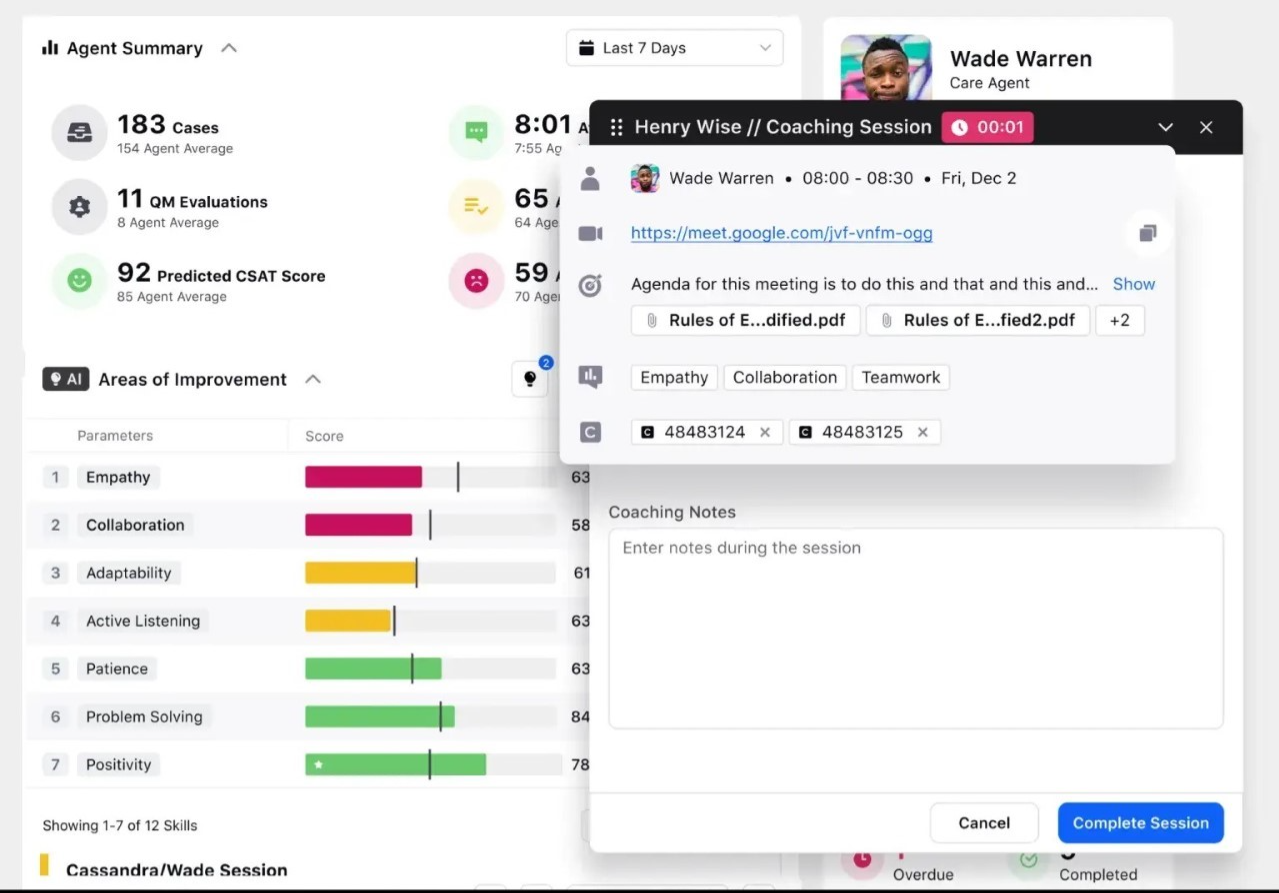
Grab a Sprinklr demo today and discuss your training needs with our experts.
Top benefits of customer service training for businesses
The latest call center statistics suggest that 78% of consumers have abandoned an intended purchase because of a negative experience with the brand’s call center executives. Conversely, 58% of customers will pay a premium for a brand that provides great customer experiences. These numbers shine a light on the gravity of customer service training for modern brands and customer service organizations. To break it down further, we have listed all the immediate and eventual benefits of training in customer service:
Customer satisfaction improves
Customer centricity is key to building great customer experiences and boosting satisfaction. A good customer service experience combines speed, knowledgeable help and a friendly demeanor, factors that 80% of customers say are essential for a great experience.
An agent who is trained to leverage useful customer service phrases and customer service tone can handle typical and atypical scenarios easily. They can gratify customers with empathetic and effective customer service. Training can also help agents get better at personalized customer solutions that reportedly boost customer satisfaction.
Better Agent Experience Translates to Better Customer Satisfaction
Leverage the power of generative AI to boost agent experiences and ultimately drive higher customer satisfaction. Generative AI can be used to:
Train agents through tailored learning journeys
Personalize customer responses
Provide data-driven insights and feedback
Suggest relevant content recommendations
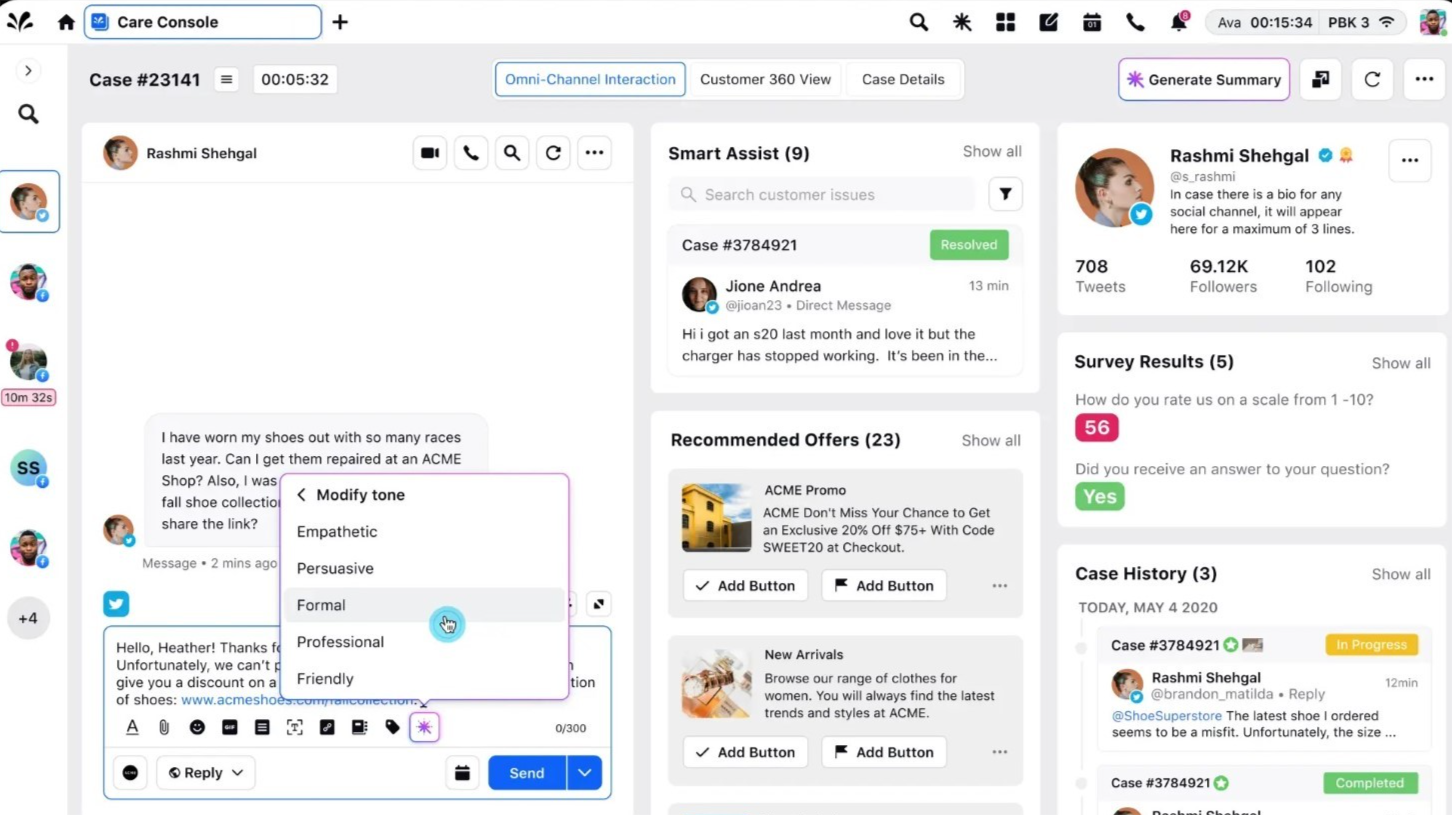
Sprinklr AI+ combines predictive and generative AI - the ideal platform to support your agents and your company goals simultaneously. Grab its demo and start improving your agent experience and CSAT right away 👇.
Agent morale and retention improve
About 48% of American workers have reported that they would consider a job switch if the new company provided skills training, according to statistics linked above. Customer service training boosts staff confidence because it can help them hone their skills and improve competence, in turn boosting morale and job satisfaction. When agents are happy with their jobs, they are less likely to quit and are also in a better headspace to meet customer needs effectively.
Overall productivity multiplies
Client services training boosts company productivity. For instance, training and coaching provided immediately after customer service interactions, also called integrated coaching, has proven to improve team performance by 12%, according to the research linked above. Training your staff can also help them reduce first response time, average handle time and resolution rates. Through these, an improvement in productivity will automatically translate to reduced costs and superior customer experiences.
Brand voice stays consistent
One of the key elements of customer service training is to acclimatize agents to your company’s unique goals and brand voice. With comprehensive training, agents can learn to communicate in the prescribed tone, ensuring consistent customer experience across various channels like phone, email, chat or social media. It also ensures that customers receive the same level of empathy and expertise irrespective of the agent.
Did you know? Customers who have a positive brand experience tend to spend 140% more after. Equipping your call center agents with effective call center scripts can help them stay consistent with service levels and quality, which boosts brand image and also contributes to employee satisfaction.
Business grows faster
Skilled customer service team members are instrumental in improving customer retention and brand reputation, which drives business growth. Satisfied, loyal customers are likely to turn into vocal brand advocates. They also yield 14 times better customer lifetime value by buying repeatedly from your business and referring others. Small wins like these can snowball into significant gains, driving profitability and long-term success.
From Training to Triumph: How Agent Training Can Make You Customer-Centric
“The only thing worse than training your employees and having them leave is not training them and having them stay.” — Henry Ford, Founder, Ford Motor Company.
Why is agent training so important? To understand the essence of agent training and coaching in the modern workforce, read this article by CX expert Annette Franz. You can learn about:
The critical connection between employee and customer experiences
The importance of a customer-centric culture
How training and coaching contribute to skill development and employee confidence
Why leaders must prioritize comprehensive training and coaching.
6 Types of client services training
Training to improve customer service comes in different forms, each contributing to the development of specific skills and knowledge that can equip agents to confidently tackle a wide range of challenges. Here's an overview of the key types of client services training:
1. Onboarding training
Agent onboarding introduces new hires to the lay of the land – company policies, procedures and customer service goals. It lays the foundation for delivering consistent service by teaching agents core processes and values that align with the brand image.
2. Product-specific training
New customer service agents need to be given an in-depth knowledge of the company’s products or services so that they can provide accurate information to aggrieved customers, resolve technical issues and offer guidance that is worthwhile.
3. Soft skills training
As already discussed, empathetic and coherent communication built on the tenets of active listening is imperative for great customer service. While many agents possess this quality inherently, it is important to put this in the context of how your company uniquely defines a customer service mindset, handles customer interactions, responds to customer complaints and builds rapport.
4. Omnichannel support training
Modern companies understand the importance of omnichannel customer service to boost customer experiences. For it to be effective, agents must be trained to handle customer inquiries across various platforms — phone, email, live chat and social media, among others — to ensure seamless and consistent communication.
5. Advanced customer service techniques
Even experienced agents sometimes need upskilling. Advanced customer service techniques can help mid-to-senior level agents improve their problem-solving, conflict resolution and methods for handling complex or high-stakes customer service scenarios.
6. Cultural sensitivity and diversity training
Often an under-emphasized training component, cultural and diversity training is essential to sensitize agents on how to navigate cultural differences and communicate respectfully with a diverse customer base. This is especially essential for teams dealing with a global client base. It can also improve employee relationships.
🤝Trained Agents Are Engaged Agents The benefits of engaged customer service employees are manifold. Engaged employees are:
8.5x more likely to stay with your company for at least a year
4x more likely to keep their jobs than dissatisfied workers
16x more likely to provide referrals to your company
3.3x more likely to feel empowered to resolve customer issues effectively
Read our article on call center agent engagement for more benefits plus engagement improvement strategies that go beyond agent training.
How to design and evaluate a customer service training program
Creating an effective customer service training program requires a structured approach that aligns with your business’s objectives and meets employee development needs. Here’s how you can get started.
Step 1: Identify training needs
As the first step, take an objective look at what your customer service needs. Some questions to ask:
What are your customer service goals?
How do current practices align with the goals?
What tools do you have in place to support your agents?
What areas need improvement?
Based on these insights, draft training objectives in clear, measurable terms [also called SMART goals].
Goal example 1: For driving more first-call resolutions via a trained staff
Specific: Increase the first call resolution rate.
Measurable: Achieve a 10% increase.
Achievable: Provide additional training on common issues and solutions.
Relevant: Enhances customer satisfaction and reduces repeat calls.
Time-bound: Within the next 6 months.
Goal example 2: For improving agent engagement in training programs
Specific: Boost participation in training programs.
Measurable: Achieve a 95% attendance rate.
Achievable: Offer incentives and flexible training schedules.
Relevant: Ensures employees are well-equipped to handle customer queries.
Time-bound: By the end of the next quarter.
Step 2: Develop the training plan
Get started on creating a training plan and synthesizing the content for all customer service agents. Design role-specific modules. For instance, frontline customer support reps may need training in conflict resolution and empathetic communication while technical staff may focus more on troubleshooting skills.
Start with needs assessment:
Survey customer service agents to identify specific areas where they feel additional training is needed. Use anonymous surveys, peer-to-peer comparisons and focus groups to go about this.
Analyze customer feedback and customer service metrics to pinpoint common issues and knowledge gaps. Leverage customer surveys to detect common friction points pointed out by customers.
Follow up with content creation:
Create engaging and interactive content such as videos, quizzes and simulations to enhance learning.
Incorporate real-life scenarios and role-playing exercises to provide practical experience.
Utilize technology such as gamification and AI knowledge management to make learning fun and effective.
Step 3: Set training delivery method and frequency
Varied training methods exist in customer service, based on factors like the learner’s knowledge level and logistics. Common delivery methods include instructor-led training, e-learning through a knowledge base and peer-led workshops. Some are good for self-paced learning while some are for knowledge-sharing. Choose what suits your learners and goals best.
Tips for setting training frequency include:
Set up a calendar for ongoing training sessions, ensuring they are frequent and consistent.
Include refresher courses and advanced training for continuous skill development and staying abreast of new service trends, product updates and industry standards.
Find out more about Sprinklr’s Knowledge Base Software
Step 4: Evaluate and improve program success
Once implemented, track how the training program is helping your customer service team and implement a feedback loop, leveraging these proven hacks.
Establish clear channels for feedback:
Surveys and questionnaires: After each training session, distribute surveys or questionnaires to gather detailed feedback from participants. Ensure these are easy to complete and cover various aspects of the training, such as content relevance, delivery style and overall effectiveness.
Anonymous feedback options: Provide an option for anonymous feedback to encourage honesty and ensure that participants feel comfortable sharing their true opinions.
Analyze and act on feedback:
Data analysis: Collect and analyze feedback data to identify common themes and areas for improvement. Use tools like spreadsheets or specialized software to organize and interpret the data.
Action plans: Develop action plans based on the feedback. Prioritize changes that will have the most significant impact on the training program’s effectiveness and participant satisfaction.
Continuous improvement:
Iterative updates: Regularly update training materials and methods based on the feedback received. This ensures the training program remains relevant and effective.
Pilot testing: Before implementing major changes, conduct pilot tests with a small group to evaluate the effectiveness of the updates. Gather feedback from the pilot group and make further adjustments as needed.
Communicate changes:
Transparency: Keep participants informed about the changes being made based on their feedback. This shows that their input is valued and taken seriously.
Follow-Up Surveys: After implementing changes, conduct follow-up surveys to assess the impact of the updates and gather additional feedback.
By following these steps, you can create a robust feedback loop that continuously enhances your customer service training program.
5 ideas for customer service training in 2024
In 2024, as customer expectations evolve and digital tools become more sophisticated, customer service and training programs must keep pace. Here are some innovative ideas for revamping client service training:
🤖Virtual reality (VR) simulations: VR simulations can place agents in real customer service scenarios, allowing them to interact with virtual customers. With VR headsets, agents can practice handling various customer personas, learn how to manage different personalities and complex situations. The immersive experience also aids in building empathy and patience and enhances knowledge retention, reducing the need for follow-up training.
🌐Cross-cultural communication skills: With global customer bases, training agents to communicate effectively across different cultures is crucial. This training focuses on cultural norms, language sensitivity and adaptability to provide respectful and personalized interactions. This can improve customer connections and enhance brand reputation.
🔮AI for personalized training: AI-driven platforms can analyze agent performance metrics to deliver customized training sessions tailored to individual strengths and weaknesses. Tools like chatbots or adaptive learning platforms can assess areas where each agent struggles—such as response time or empathy—and then guide them through exercises specifically targeting those skills. Benefits include customized learning paths and real-time feedback for instant improvement.
🥉Gamification and leaderboards: Gamification makes customer service training engaging by introducing elements like point-scoring, competition and rewards. Leaderboards and reward systems motivate ongoing participation and improvement. Competitive elements make training more enjoyable, leading to higher completion rates and motivate employees to do better.
🔎AI-powered speech and sentiment analysis: AI can analyze speech patterns to provide insights into agent-customer interactions, helping improve empathy and emotional intelligence. AI tools, such as sentiment analysis platforms evaluate recorded interactions to determine how effectively agents convey empathy, calmness and positivity. Agents can learn to manage their tone and language to align with customer needs.
💎French E-commerce Company Boosts CSAT by 15% Through Agent Training
Cdiscount wanted to improve its customer satisfaction but with 10 million+ annual customers who made four million calls annually, social media interactions and millions of messages, agent effectiveness became difficult to analyze. Traditional methods provided limited ability to analyze customer sentiment and feedback at scale.
The company wanted an omnichannel solution that would analyze 100% of customer interactions, gauge sentiment and measure interaction quality to develop better training methods. To address these, Cdiscount implemented Sprinklr Service to:
Implement speech and text analytics to transcribe and analyze voice, chat and social interactions
Detect language using AI to understand conversation themes
Create reports on critical trends in customer support conversations as well as understand customer satisfaction
Glean real-time insights to set up training and development plans for agents
Set up alerts for management on sensitive interactions to enable agent guidance
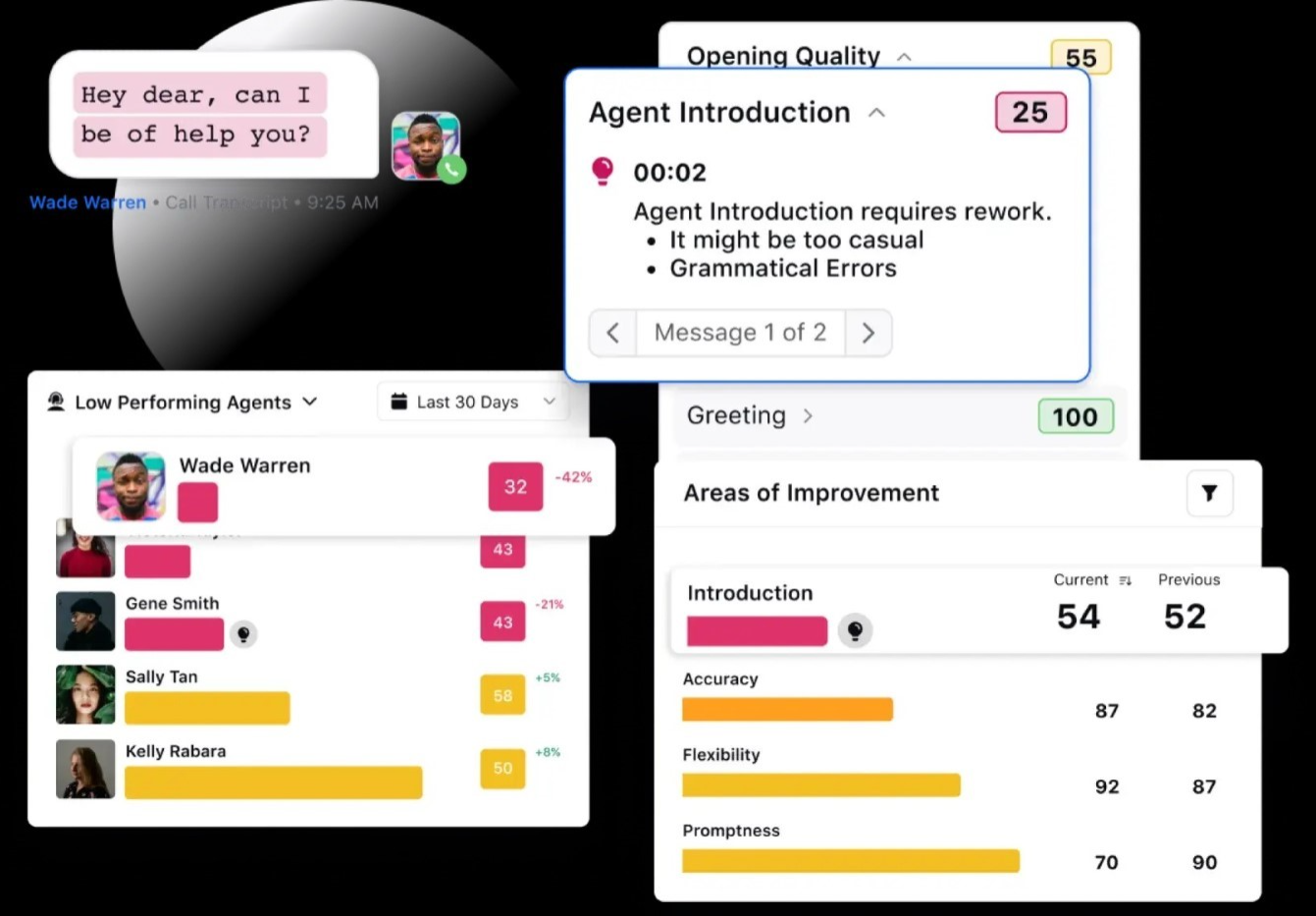
This solution enabled Cdiscount to detect and address common issues like payment bugs, understand customer satisfaction drivers and generate actionable insights. Using real-time data, Cdiscount improved agent training, implemented quality scores and increased its CSAT score by 15%.
Ready to implement an effective customer service training program?
Turning your customer service agents into high-performing service providers becomes easy when you partner with an AI-powered quality management solution like Sprinklr. It simplifies and refines the start-to-finish customer service training program, from needs assessment to content creation and performance measurement. To see it in action, grab a personalized demo today!
Frequently Asked Questions
Thank you for contacting us.
A Sprinklr representative will be in touch with you shortly.
Contact us today, and we'll create a customized proposal that addresses your unique business needs.
Request a Demo
Welcome Back,
No need to fill out any forms — you're all set.
